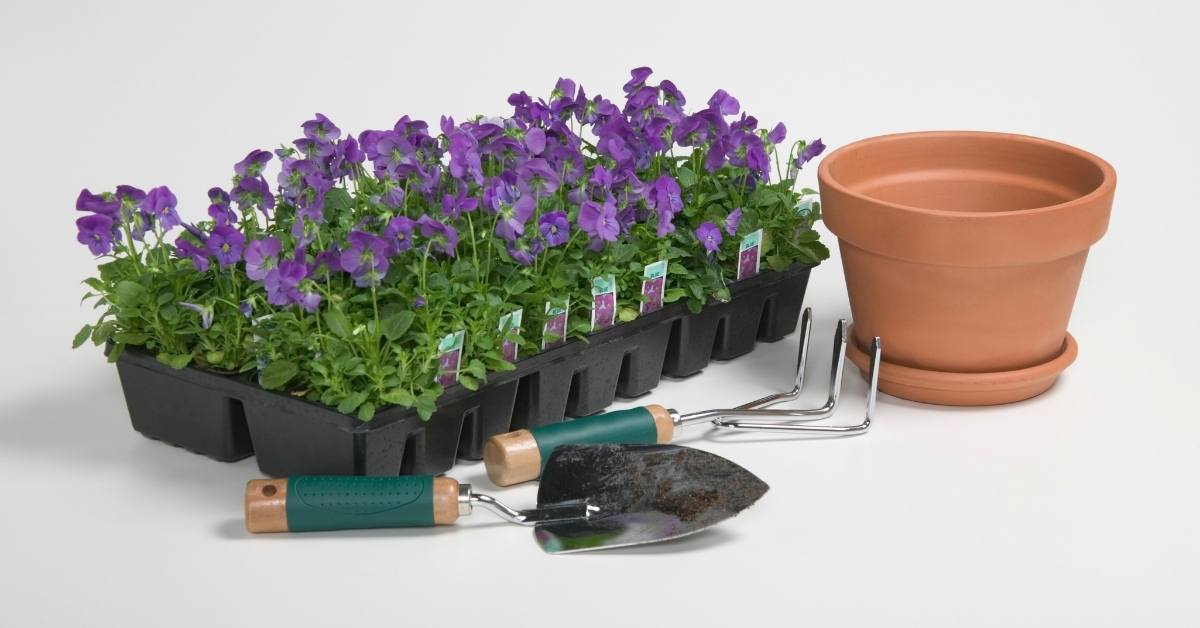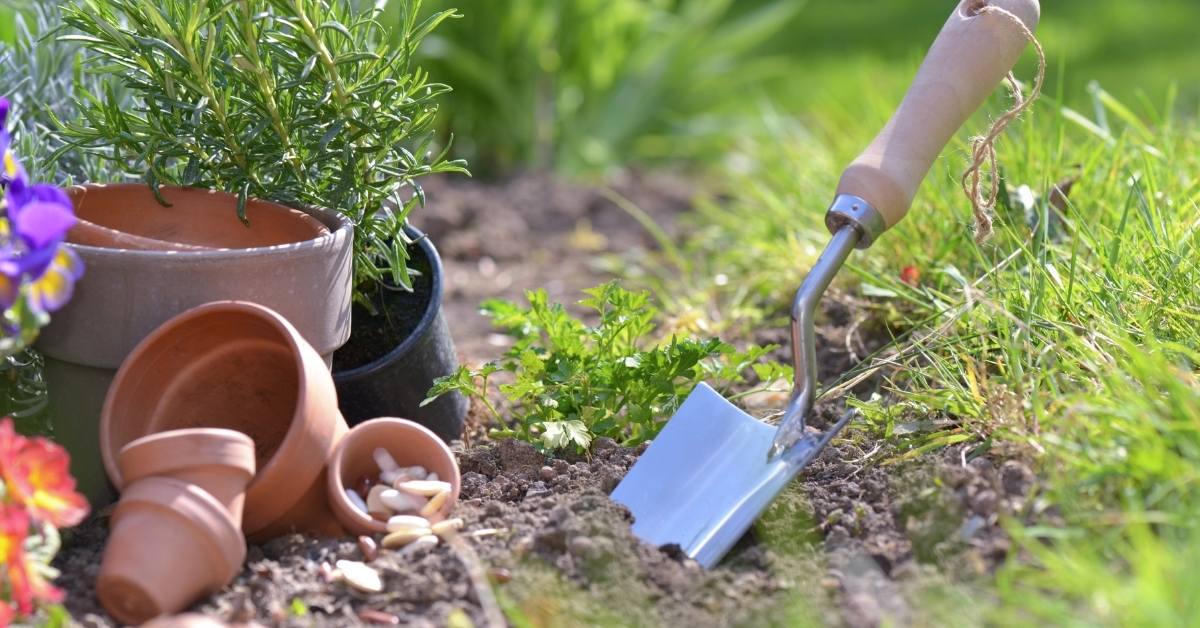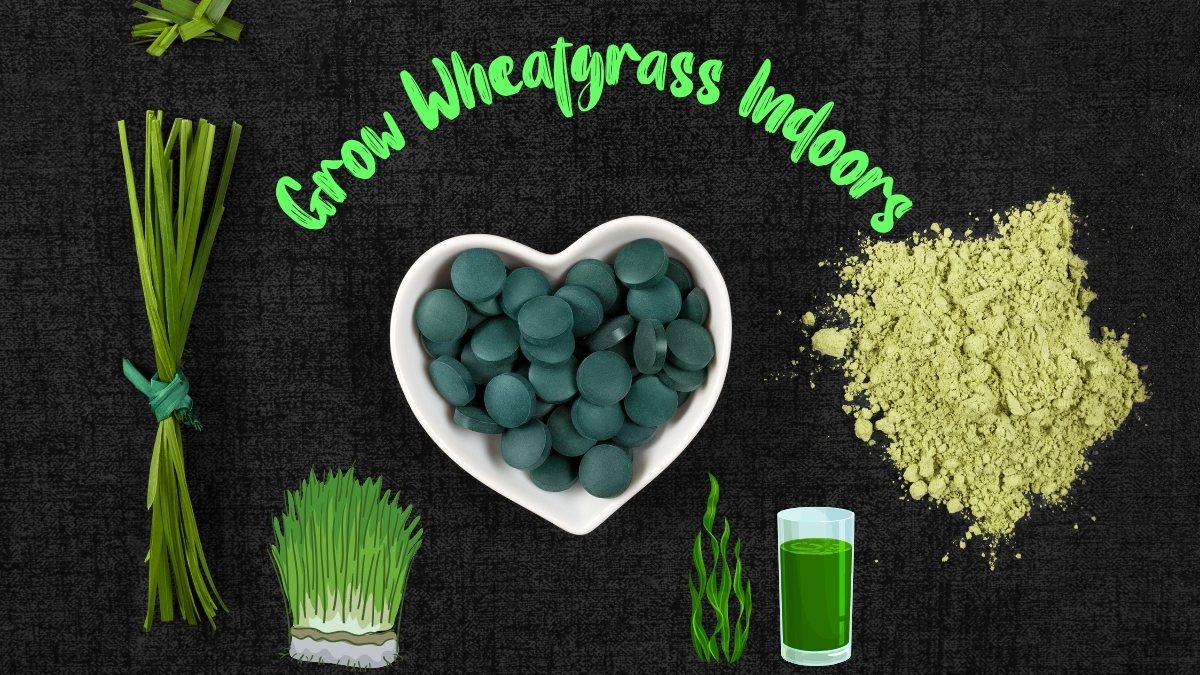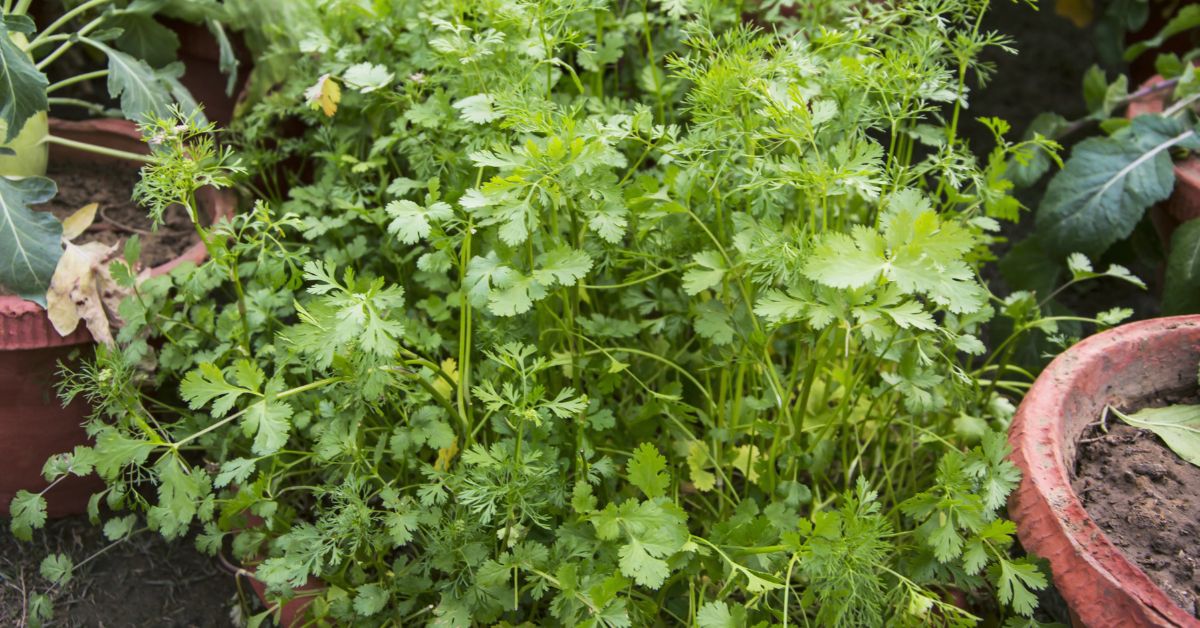There are several reasons one may want to start a garden indoors. The aesthetic value of plants is an obvious one. For serious gardeners in colder climates, indoor gardening allows them such opportunities as growing vegetables, maintaining exotic plants like elephant ears, and experiencing the pleasure they derive from gardening year-round.
In today’s post, you’ll find the must have indoor gardening supplies to be successful with your indoor growing journey.
Indoor gardeners follow two styles: container gardening and hydroponic gardening. Container gardening is identical to typical outdoor gardening with soil and pots. This is usually done for plants that will be moved around the house, organized in certain ways, or relocated to an outside garden in the future.
Hydroponic gardening requires a vertical plant arrangement and fertilized water instead of soil. This is typically done for growing vegetables or growing a large garden. Hydroponic plants use less energy gathering nutrients and spend more energy growing.
Must Have Indoor Gardening Supplies
Below is a list of essential and optional tools needed to create a successful indoor garden. The amount of food, water, and light provided to these plants varies depending on how much a specific plant needs.

Container Gardening
The Essentials
- Potting soil. Potting soil is where the roots gather their nutrients. Many varieties are sold, and they mostly contain different mixes of organic matter, perlite, and sphagnum peat moss. Organic matter provides nutrients. Peat moss holds in the water, and perlite separates the moss just enough to allow slow drainage. Some soils contain fertilizer, but eventually, the soil will use this up, and additional organic matter is needed every few months. There are several recipes online for homemade potting soil if the gardener wants to control quality and composition.
- Compost or fertilizer. Compost or fertilizer provides the organic matter plants need readily available to grow strong and fast. Plants require six nutrients: carbon, hydrogen, oxygen, nitrogen, phosphorus, and potassium. The first three are gained from air and water. The other three come from the soil and fertilizer. Organic fertilizer is preferred over synthetic as organic is not water-soluble and is released into the soil over several months. Composting is a great way to repurpose garden or kitchen trash, grass clippings, and weeds as an alternative to fertilizer.
- Plants/seeds. It is necessary to research the appropriate types of plants for a garden, as they are all different in their needs for light, soil composition, temperature, and hydration.
- Pots. Almost anything goes as long as it is clean and has a hole in the bottom for drainage. Plastic, terra cotta, and wood are all acceptable (metal can be corrosive to nutrients). Plastic is best for retaining moisture. The best types of wood are redwood or cedar, which are more resistant to rot than others. Seeds can start in small containers, and root balls need a container twice their size. Rocks can be added to line the bottom of the pot for more drainage.
- Watering can. A cup or jug of water works fine as well.
- Soil thermometer. For most plants, it is best to maintain temperatures between 75-85°F, as microorganisms will be much more active at this level.
- Neem oil. Pests and diseases spread quickly from one plant to another. Neem oil is a plant-based substance containing natural chemicals that control mites, insects, fungi, and other plant diseases.
- Hand tools. Toolsets typically contain large and small pruning shears, a rake, a trowel, and a spade.

Recommended but Not Essential
- Grow lights. When gardening indoors, access to sunlight can be difficult. Fluorescent light bulbs are noted to be affordable and effective, though specialty garden heat lamps (which emit broad-spectrum light waves) are available. There are also timers available to turn the lights on and off at specific intervals. We recommend using LED grow lights.
- Drip system. For those who have trouble remembering when to water plants, automated drip systems consist of small tubes that supply each plant at regular intervals. There are also sensors available that can display how “thirsty” a plant is.
- Oscillating fan. This keeps air circulating in order to remove oxygen and bring in fresh CO2 for the plants to absorb. Fans also keep the air dry, prevent mold, and prevent lights from overheating the garden.
- Heat mats. These are placed beneath the soil and heat from the bottom-up.
- Soil test kit. For most plants, it is ideal for maintaining soil pH between 6.0 and 7.0.
Soil samples can be sent to a lab or tested by home test kits. Lab reports include recommendations on how to alter the pH to optimal levels. In general, ground limestone is used to reduce acidity, and powdered elemental sulfur or compost increases acidity.
- Cotton swabs. These are to be used if there is a need for pollinating the plants, as there are no bees or wind to do the job indoors. The process varies depending on the plant, but generally, the swab is twirled inside the male blossom to pick up the pollen and then brushed onto the stigma of the female blossom.

Hydroponic Gardening
Essentials:
- Some are the same as above. The items from the above list that are also essential to hydroponics are plants, pots, a thermometer, neem oil, and hand tools.
- Water tank, pipe system, and pump. Fertilized water is stored in tanks below the plants, pumped through the adjoining pots, and drained back into the tank. Sometimes the water tank acts as the pot, where the roots hang directly into the tank. The tank needs to be lightproof to prevent algae and microorganism growth. A hydroponic system can be purchased in its entirety or built at home. The pump and its filter should be cleaned regularly. Pipes can be made from PVC tubing, garden irrigation tubing, or dark-colored vinyl tubing.
- Fertilized water. Special liquid fertilizer is added to water to provide all the nutrients that are typically needed in the soil. Water can also be fertilized through the use of freshwater fish (see below). Instead of soil, pots should be filled with perlite, a porous soil replacement. Clay pebbles or Rockwool are good alternatives.
- pH test kit. The pH levels in the water should be checked regularly. The fertilizer nutrient solution can be used to stabilize pH, but there are also bottles of acid and base available that can bring the pH up or down.
Recommended but Not Essential
- Freshwater fish. Placing freshwater fish in the tank is a great way to fertilize the water, as their natural waste products provide the plants with the proper nutrients.
- Shelving system. Hydroponic shelves exist with a space for the tank at the bottom and shelves above for the plants, lights, and drip system.
- Drip emitters or sprayers. These can be added to the hydroponic watering system to increase nutrient exposure to plants.
- Air pump. An air pump is probably best used for plant roots constantly submerged in the nutrient solution (in the tank). Air pumped into the water keeps it oxygenated, so the plant roots do not suffocate.
Video Demo
Check out this video for some handy tips & help on indoor growing:
What are the essential supplies needed for indoor gardening in 2023?
The essential supplies needed for indoor gardening in 2023 include grow lights, plant containers, potting soil, fertilizer, and pruning shears. Grow lights are necessary for providing adequate light to your plants, especially if they don’t receive enough natural light. Plant containers are required to grow plants indoors, and there are different types available such as plastic, ceramic, and terracotta. Potting soil is important for providing nutrients to your plants, and fertilizer helps them grow strong and healthy. Pruning shears are useful for trimming and shaping your plants.
Where can I purchase indoor gardening supplies?
Indoor gardening supplies can be purchased from a variety of places, including online retailers, home improvement stores, garden centers, or nurseries. Some popular online retailers that specialize in indoor gardening supplies include Amazon, Wayfair, and Gardener’s Supply Company.
How do I choose the right grow light for my indoor garden?
When choosing the right grow light for your indoor garden, consider the type of plants you’re growing, the size of your space, and your budget. LED grow lights are popular because they are energy efficient and provide a full spectrum of light that is suitable for most plants. However, they can be more expensive than other types of grow lights. Fluorescent lights are another option, and they are less expensive than LEDs but may not be suitable for all types of plants.
Can I use regular soil for indoor gardening?
Regular soil is not recommended for indoor gardening because it is often too heavy and can contain pests or disease. Instead, it’s important to use potting soil specifically designed for indoor plants. Potting soil is lighter and contains the appropriate nutrients that your plants need to thrive.
How often should I fertilize my indoor plants?
The frequency of fertilization for indoor plants depends on the type of plant and the type of fertilizer used. Generally, it’s recommended to fertilize once a month during the growing season (spring and summer) and less frequently during the dormant season (fall and winter). However, it’s important to read the instructions on your specific fertilizer product for recommendations on how often to use it.

